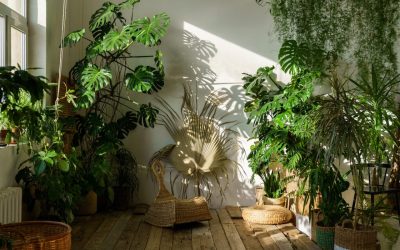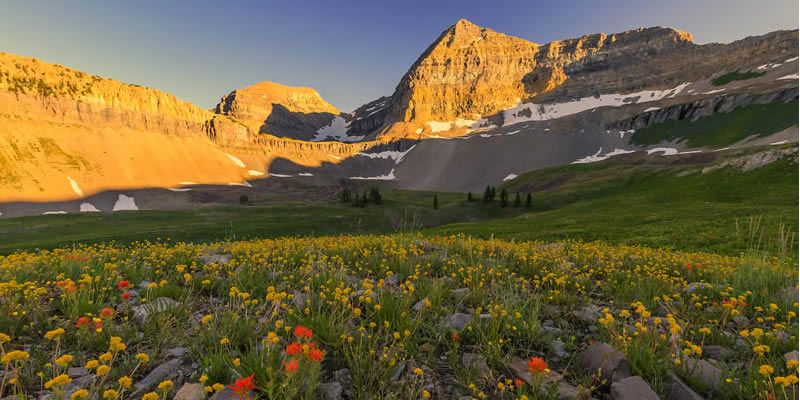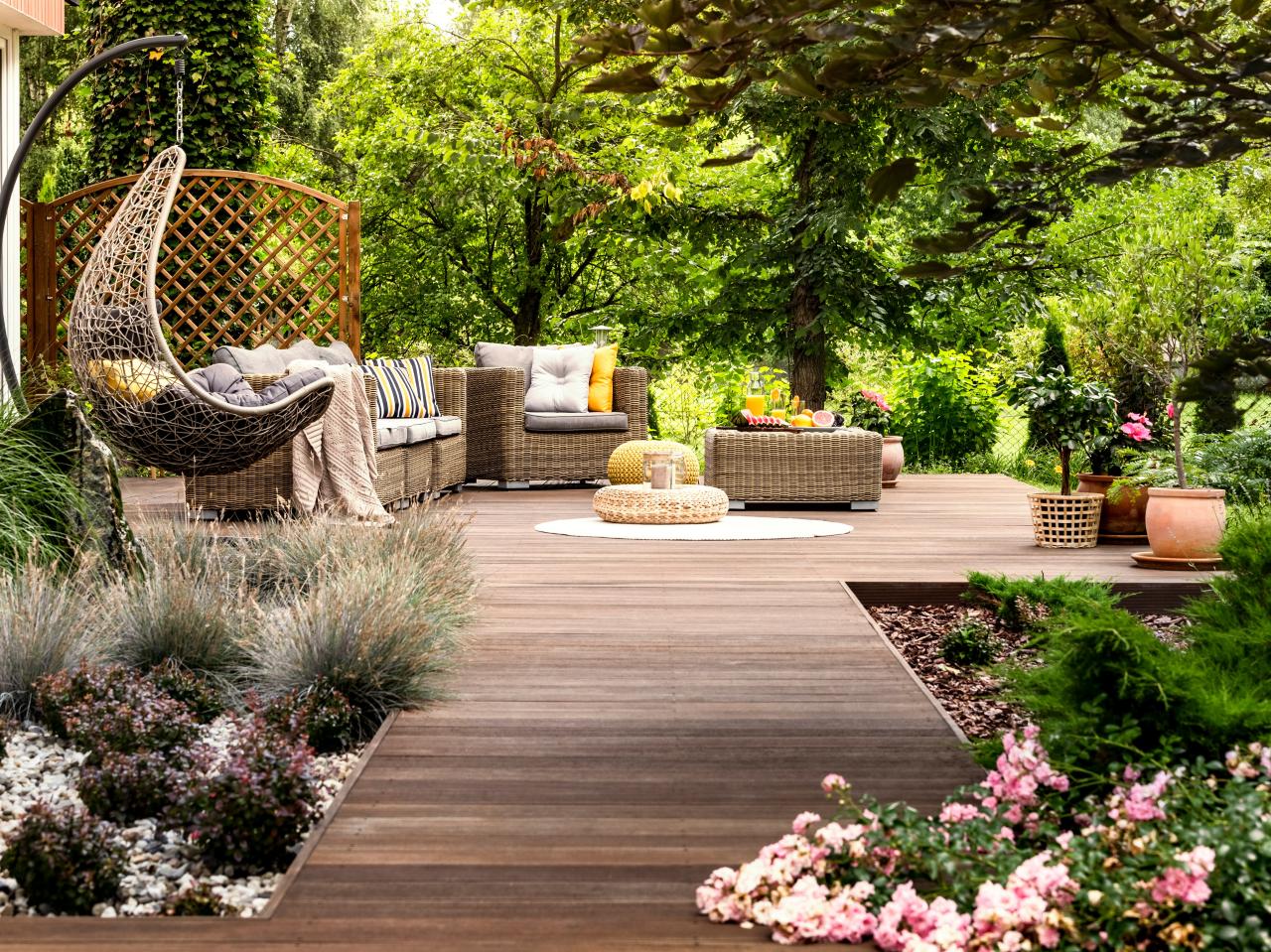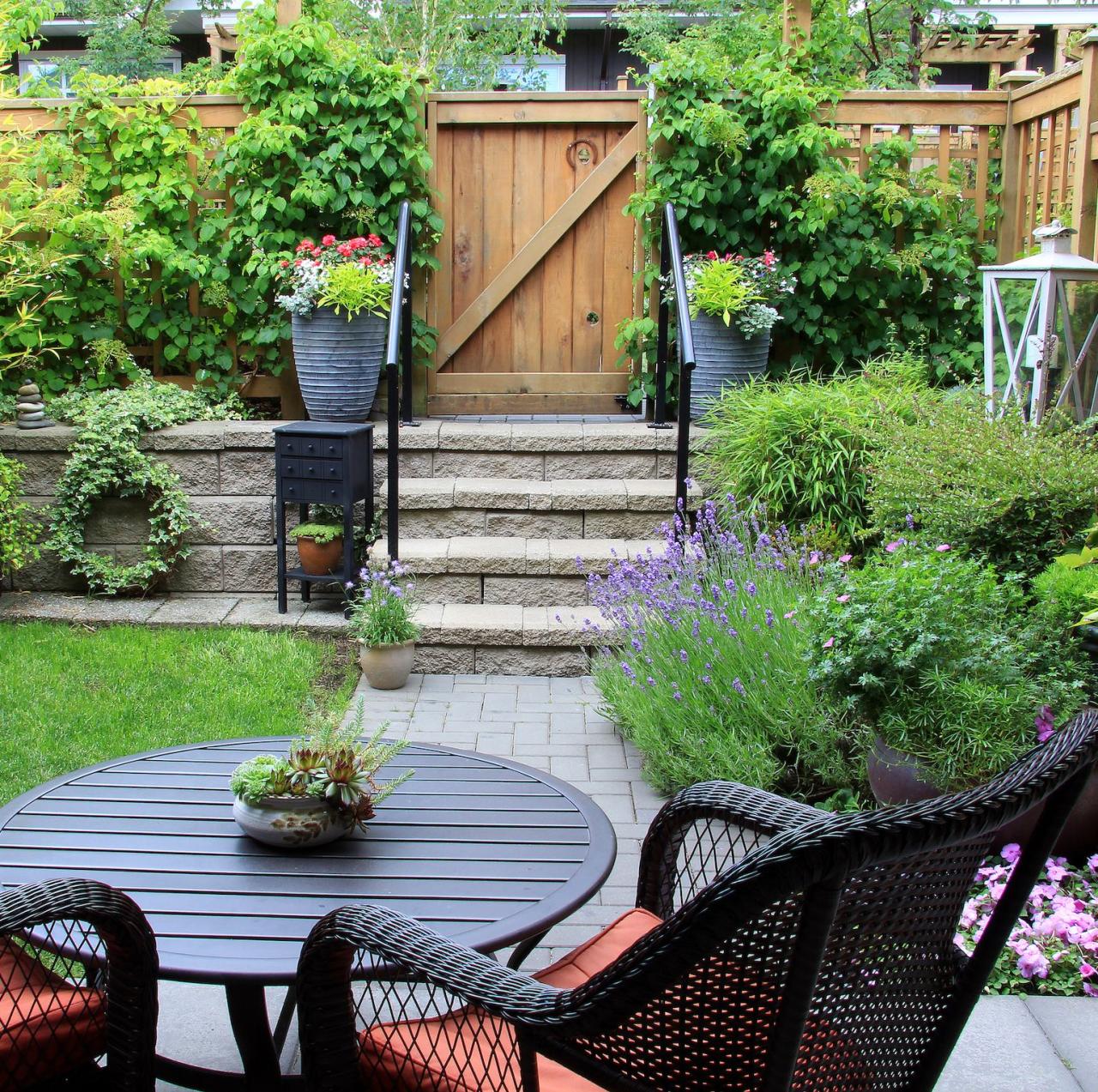Native Plants and Biodiversity: Ecosystem-Friendly Landscape Design
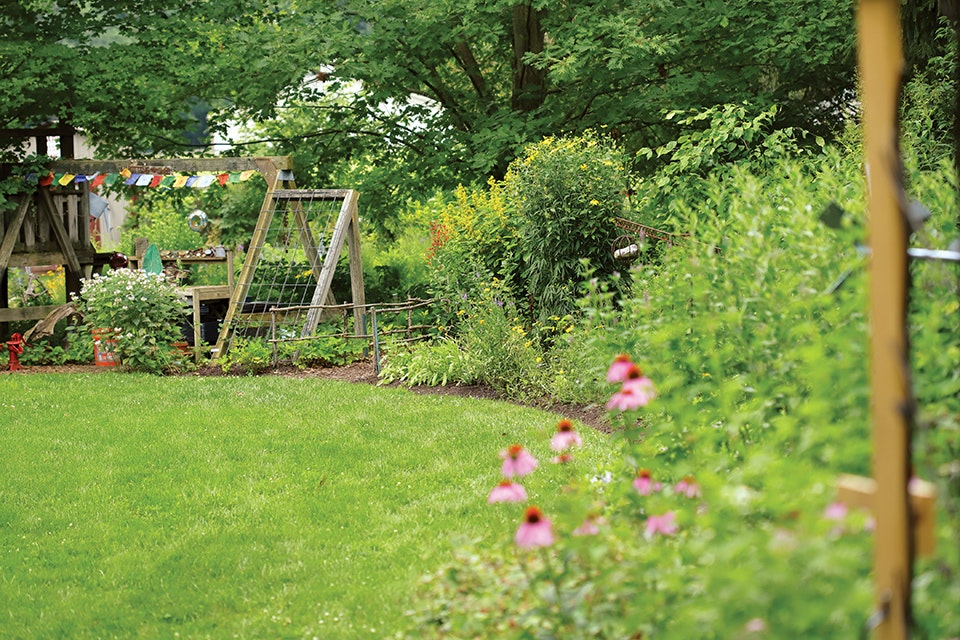
Landscape design is an art that extends beyond mere aesthetics; it has the power to shape ecosystems, influence biodiversity, and contribute to the overall health of our planet. Native plants play a pivotal role in ecosystem-friendly landscape design by promoting biodiversity, conserving resources, and preserving the natural balance of local environments. In this article, we will explore the significance of native plants and their integral role in creating landscapes that support the flourishing of local ecosystems.
- The Importance of Native Plants:Native plants are species that have evolved and adapted to specific regions over countless generations. They have developed complex relationships with local wildlife, including insects, birds, and other animals. Using native plants in landscape design helps maintain the delicate balance of these ecosystems.
- Biodiversity and Ecosystem Services:Biodiversity is the cornerstone of healthy ecosystems. Native plants attract a variety of insects, which in turn provide food for birds and other wildlife. The presence of native plants also supports pollinators, such as bees and butterflies, essential for the reproduction of many plants.
- Conserving Water:Native plants are adapted to local climates and require less water once established. By incorporating native species into landscape design, water conservation becomes a key feature, reducing the need for extensive irrigation systems.
- Reducing Maintenance:Native plants are low-maintenance, as they are well-suited to their natural environment. They often require less pruning, fertilization, and pest control, reducing the use of harmful chemicals and the workload of homeowners.
- Soil Health:Native plants enhance soil health. Their deep roots improve soil structure and prevent erosion. They also foster beneficial microorganisms that contribute to a thriving ecosystem below ground.
- Wildlife Habitats:Native plants provide essential habitats for local wildlife. Birds use native trees and shrubs for nesting, while insects depend on native plants as host plants for their larvae. This web of life sustains local ecosystems and contributes to the overall health of the environment.
- Adapting to Climate Change:Native plants are often more resilient in the face of climate change. They can withstand local weather extremes and changing conditions, helping landscapes adapt to evolving climates.
- Preserving Local Character:Native plants are a key component of preserving the unique character of a region. They are an integral part of local history, culture, and heritage, and using them in landscape design connects us with the past while promoting a sustainable future.
- Educational Opportunities:Native plant gardens can serve as educational tools. They allow homeowners and communities to learn about the plants and wildlife that are unique to their area and create a deeper connection to the local environment.
Conclusion:
Ecosystem-friendly landscape design, anchored by the use of native plants, plays a vital role in preserving biodiversity, conserving resources, and protecting the environment. It is a conscious choice to create outdoor spaces that are not just aesthetically pleasing but also ecologically responsible. By embracing native plants, we ensure that our landscapes contribute to the health and balance of local ecosystems, fostering the coexistence of diverse species and supporting the intricate web of life that sustains our planet. Native plants are more than decorative elements; they are the threads that weave the tapestry of biodiversity, ensuring a thriving, resilient, and sustainable future for our planet.
